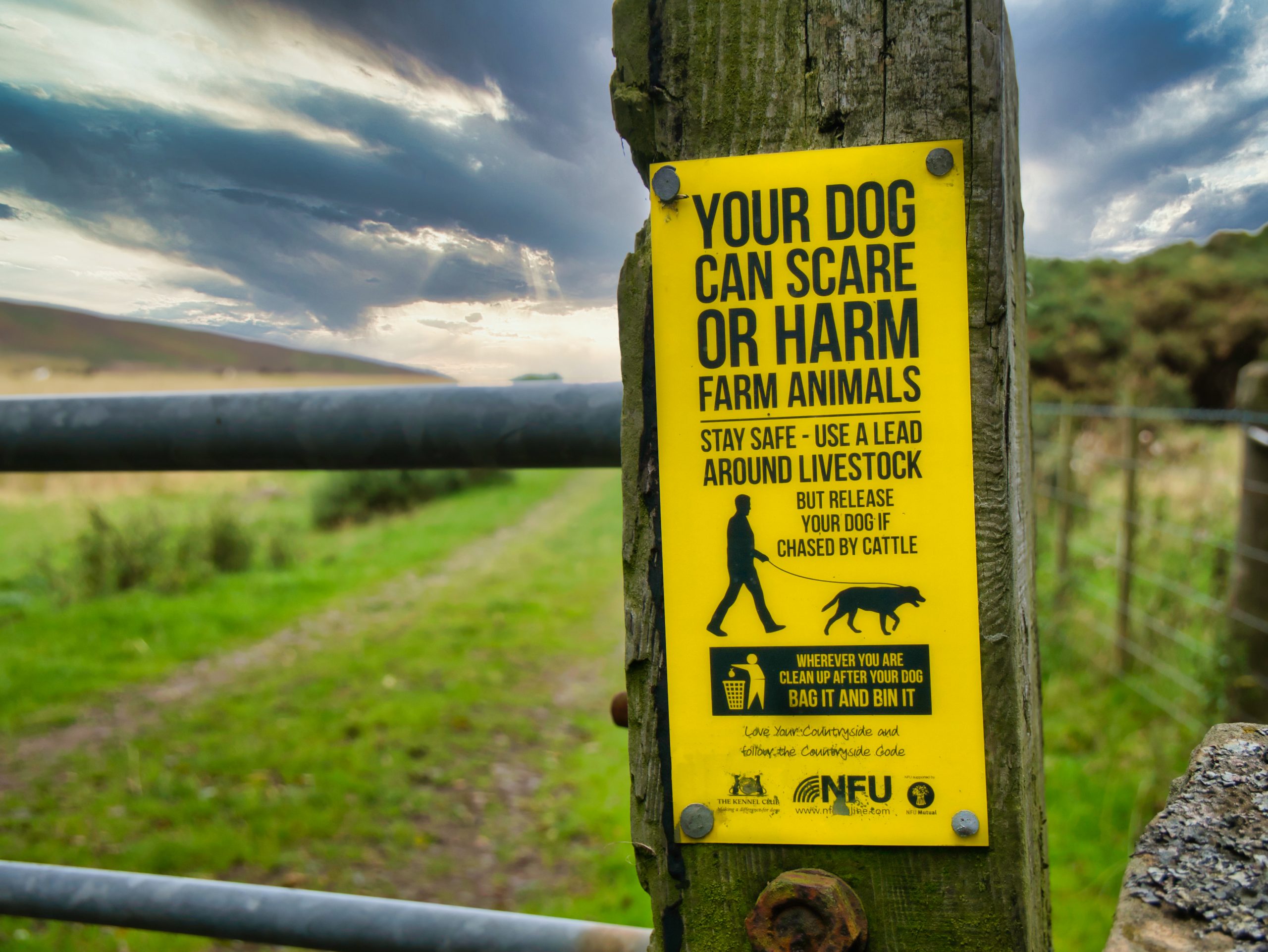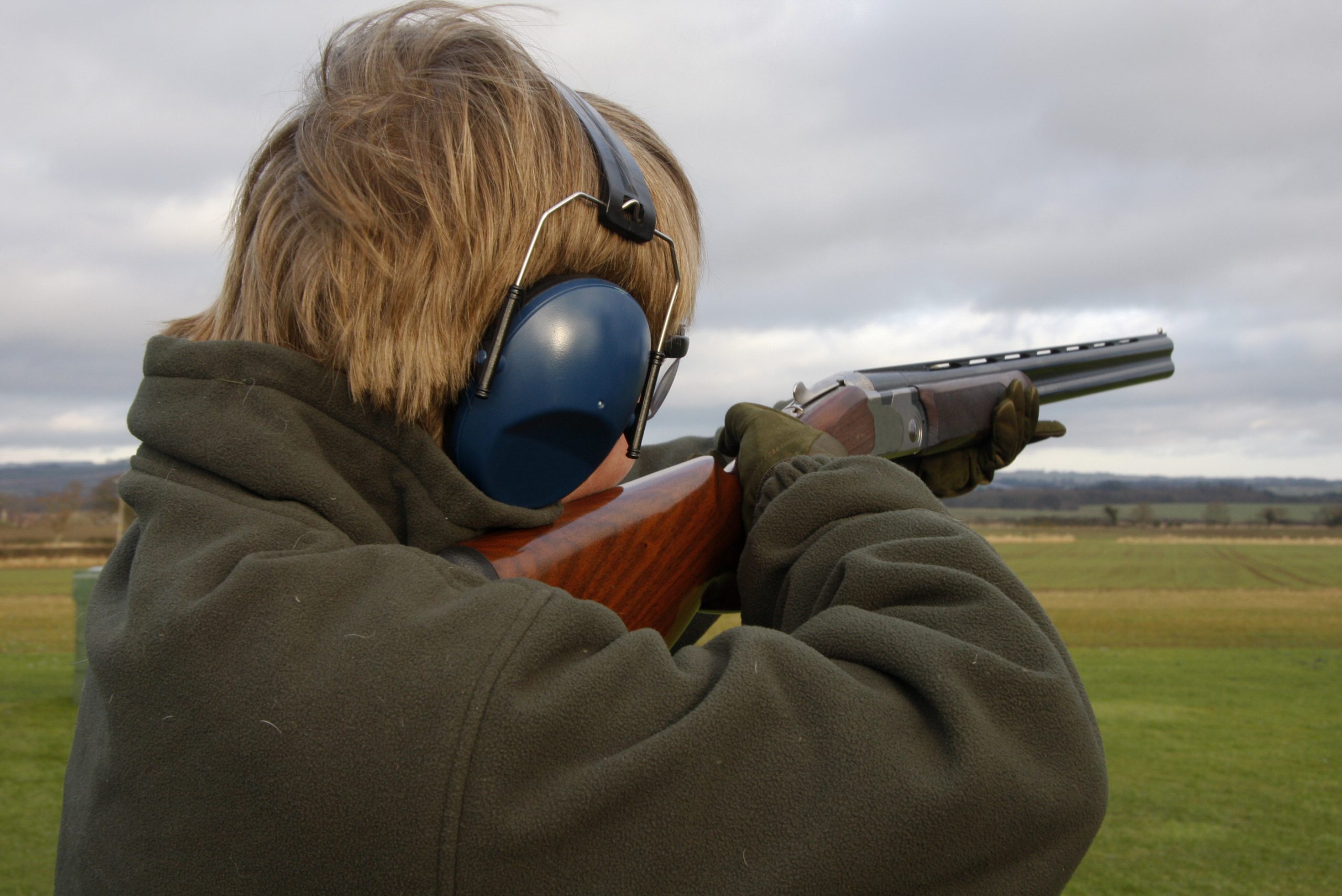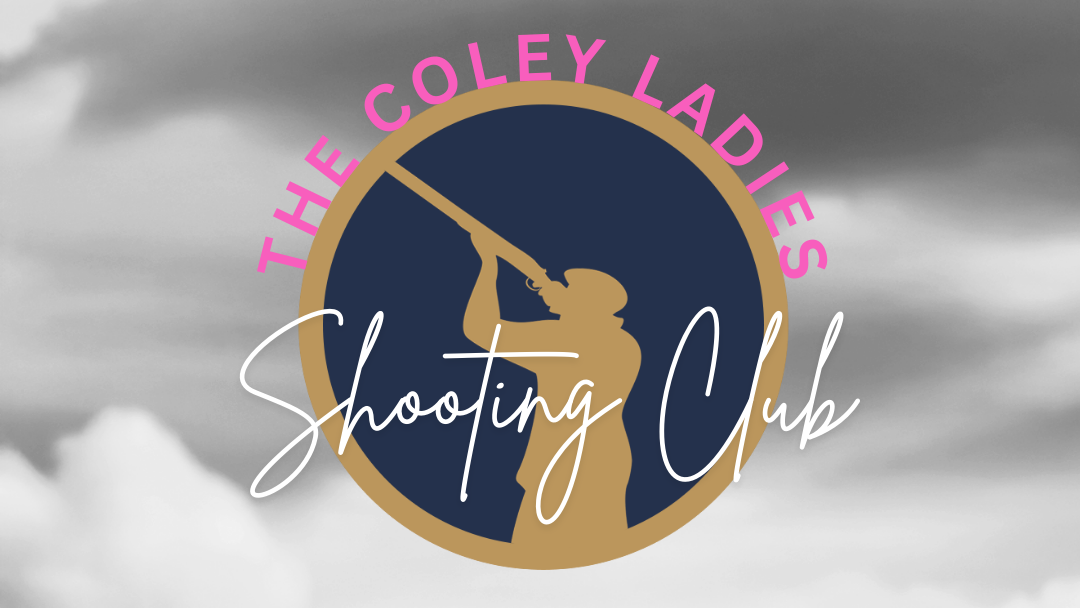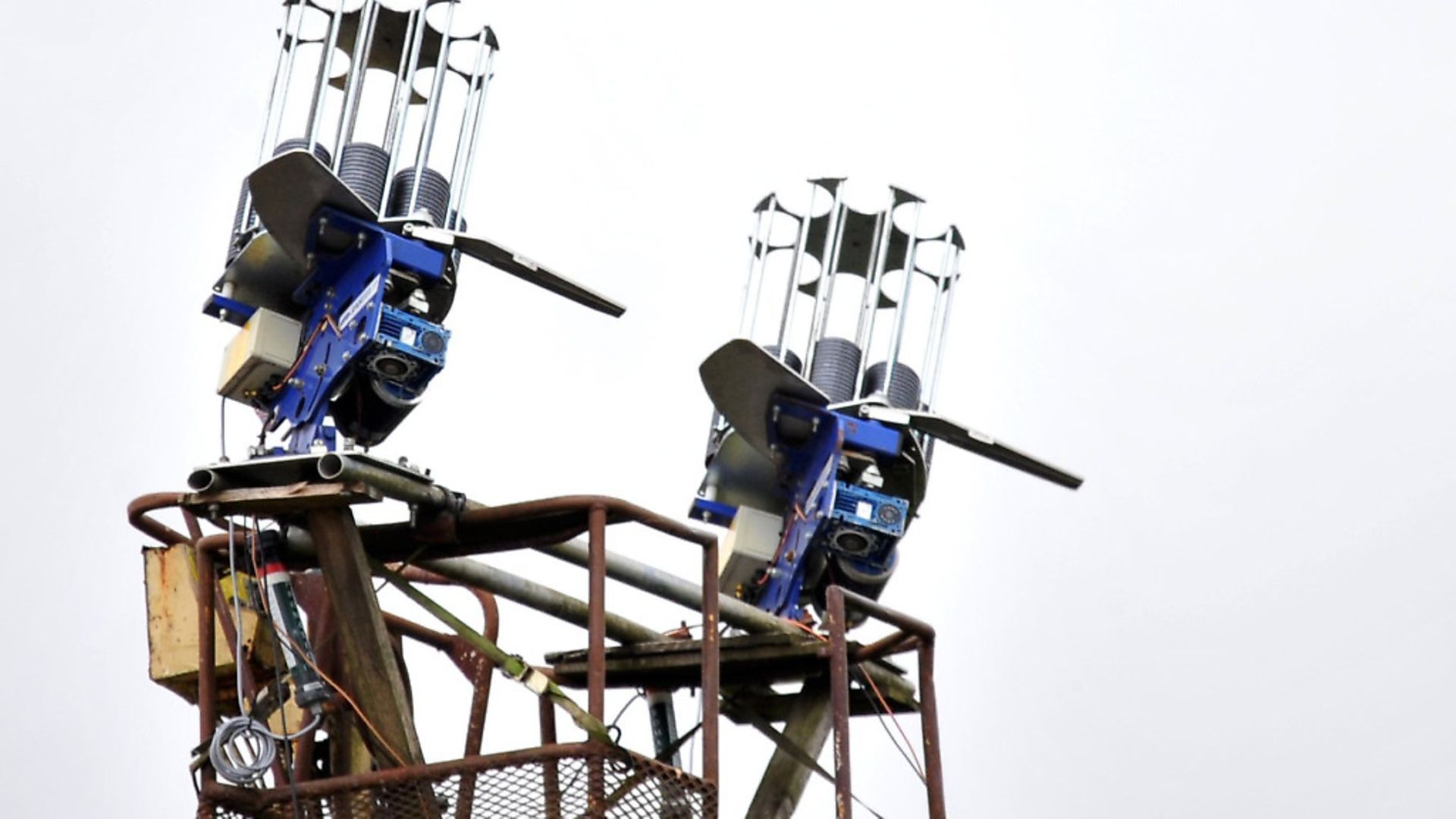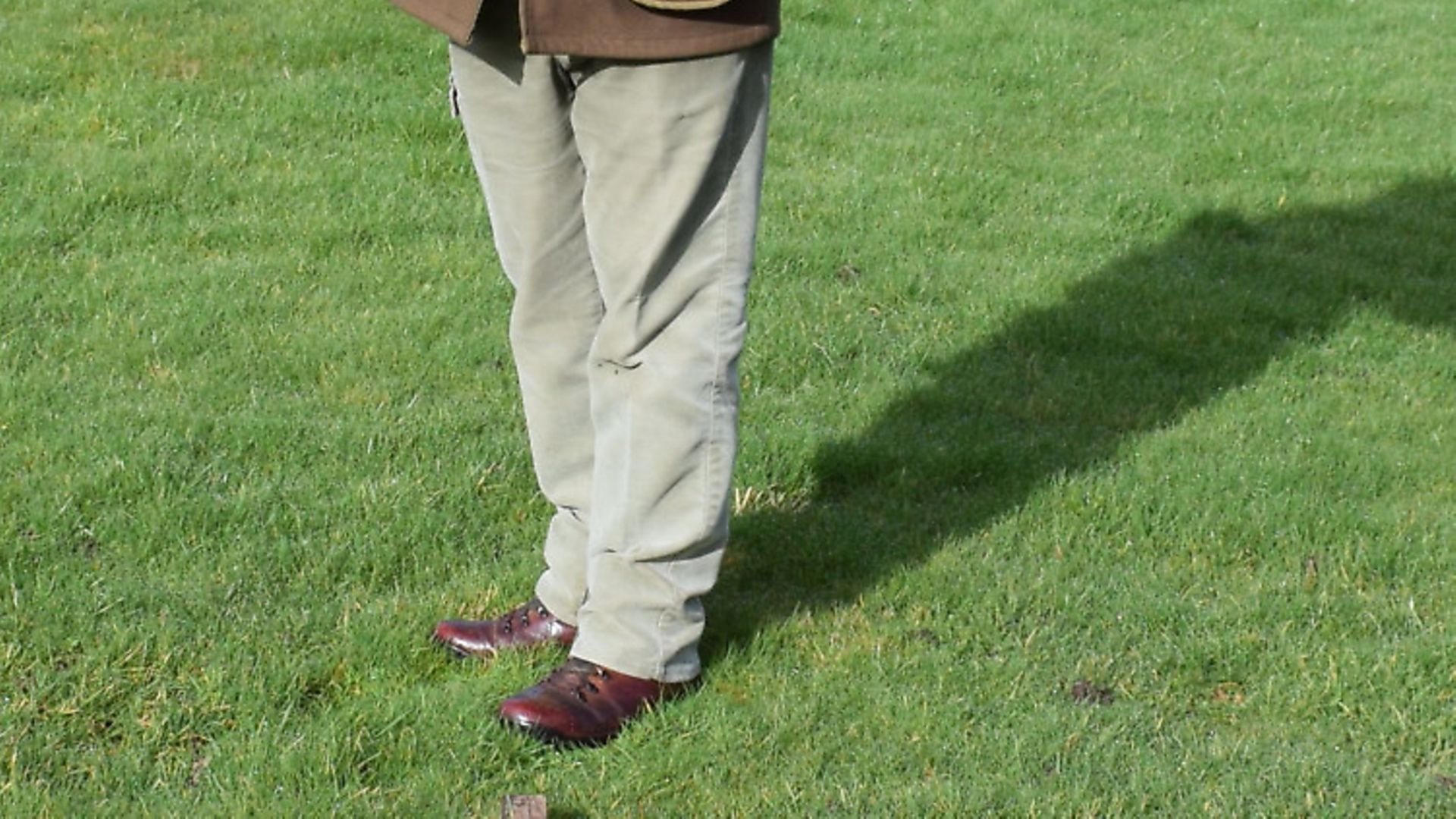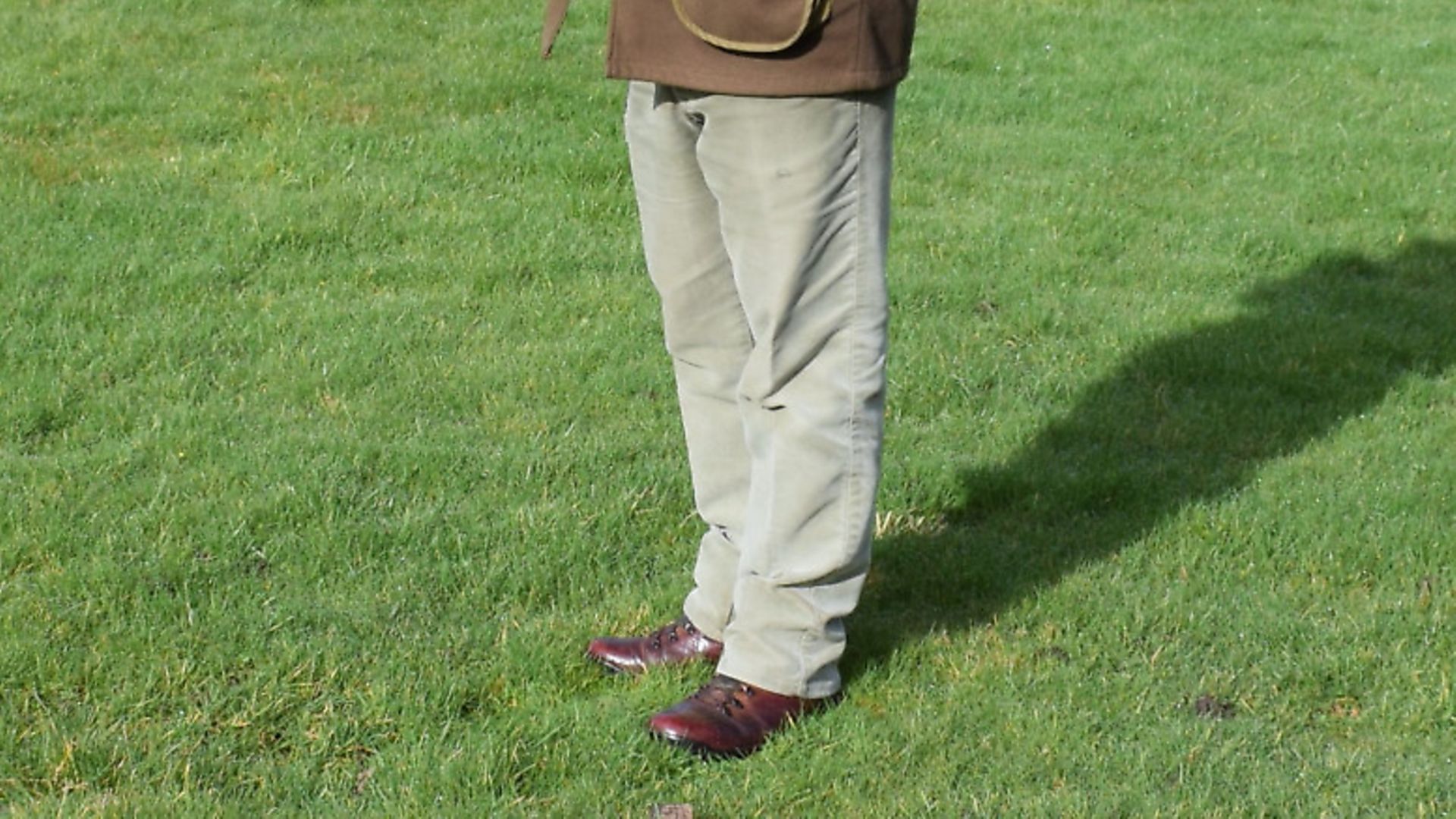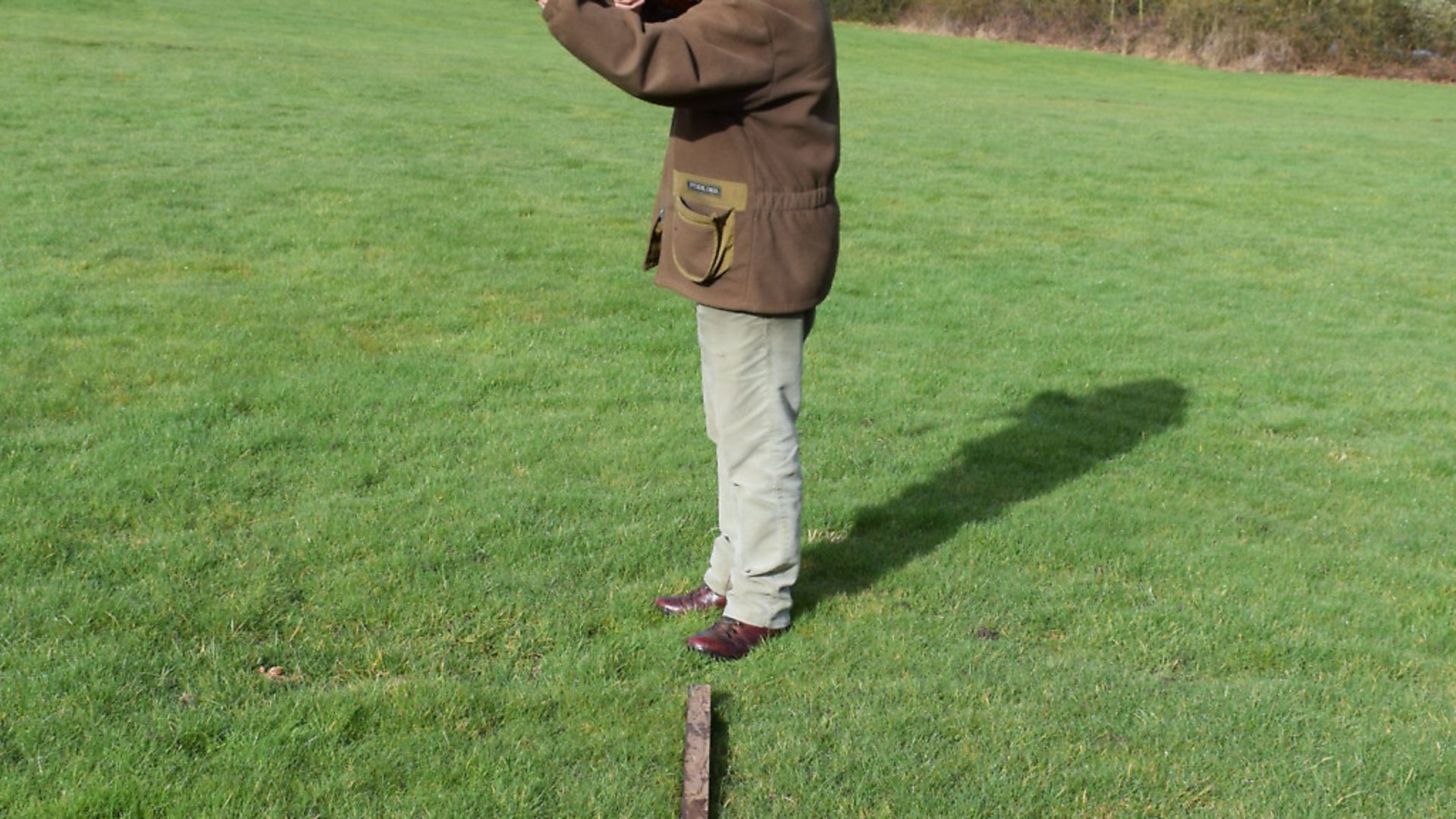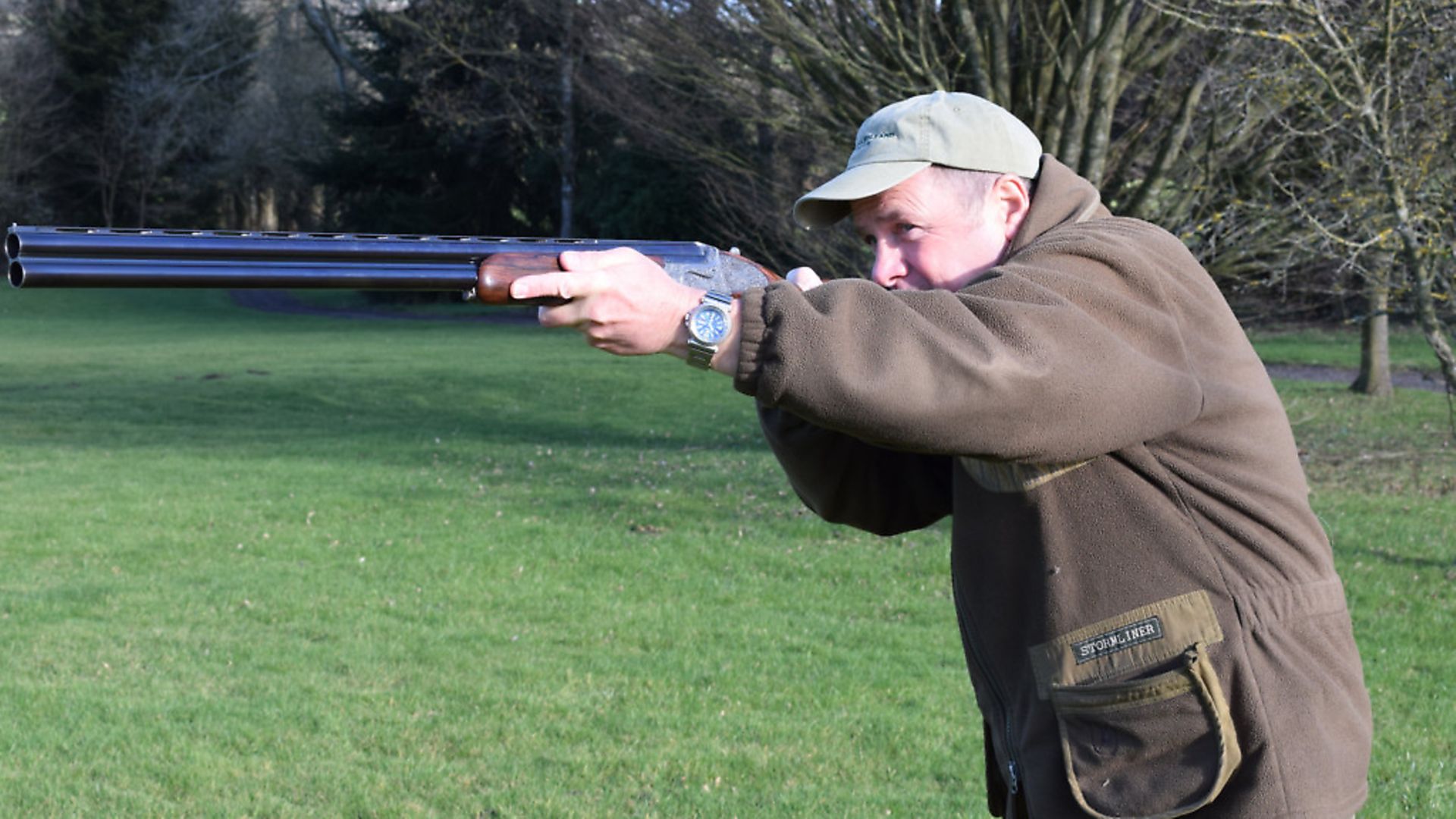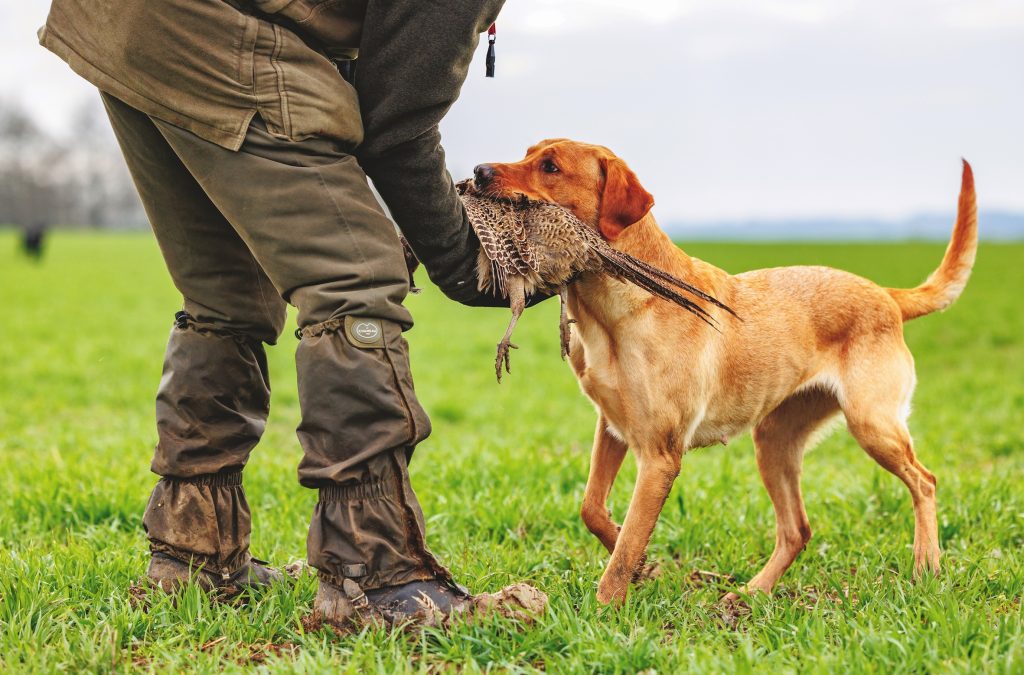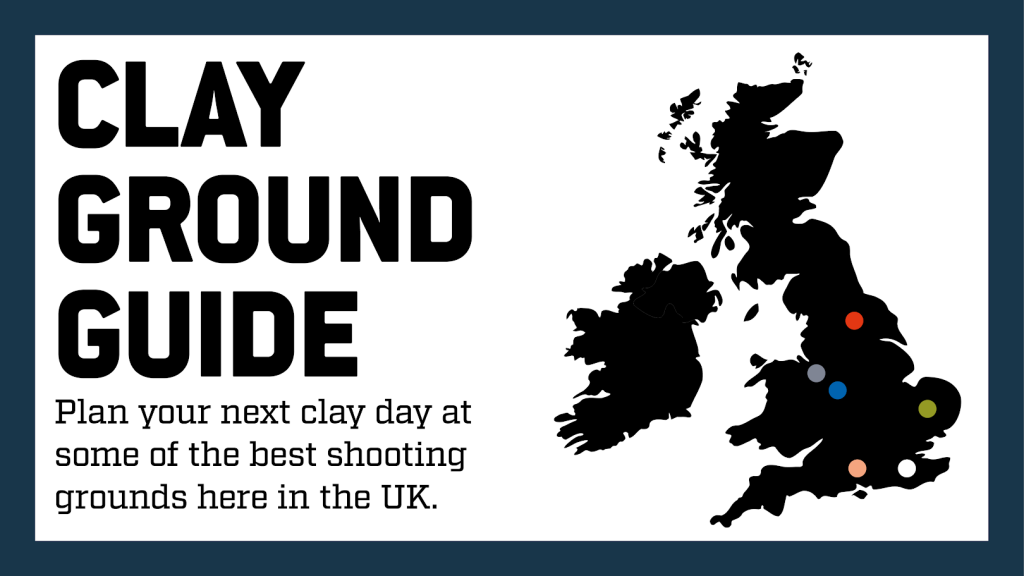How to shoot sim pairs
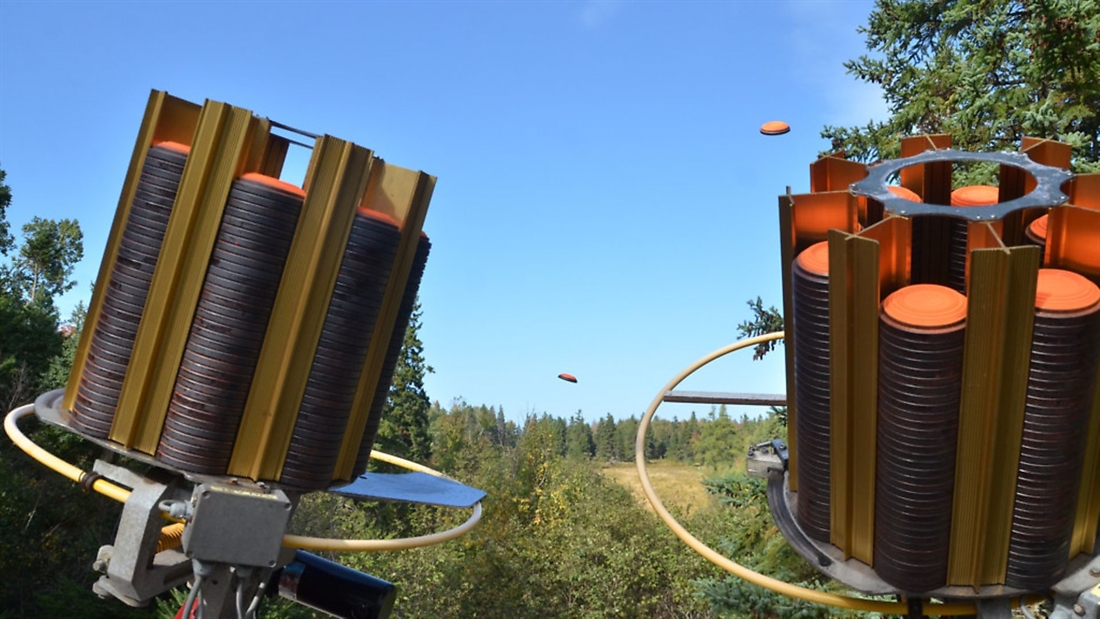
Sim pairs send many shooters into a panic, but with the right approach, they shouldn’t cause a problem. Steve Rawsthorne explains how to tackle them effectively
A good course setter will produce a wide variety of targets over a 12+ stand 100-birder and most local 50-bird shoots will have at least one stand with sim pairs on it, rather than the usual on-report targets; it helps to speed things up a little from an organiser’s point of view and can sort out the top shooters from the rest of the field. I know lots of folk who leave them until the end of a shoot and many others who worry about them, but faced properly, there’s no need to worry.
You need proper preparation to shoot sim pairs well. While you’re waiting to be called to shoot, use the time to study the birds. Look for where YOU first see them, where YOU will hold the muzzles, where YOU will break them, don’t just do what the shooter in front of you was doing; everyone’s eyesight and reaction time is different, so plan and shoot your own sequence.
The greatest problem with shooting doubles is that a shooter is in the cage and calls for the targets, the first one appears somewhere near where he expects it to be but the second one is somewhere else, either because they shot the first later than they expected or were not paying attention and got the sequencing wrong. Let’s look at some examples.
Take a pair of crossers from two traps to the left of the shooter or possibly a double-arm trap, travelling at a fairly similar speed and distance from the shooter. Look for those three points – see it, hold and break point. As a right-handed shooter, it is vital to set your foot position towards where you will break the SECOND bird of the pair, so that you do not run out of movement. Orientate yourself to where you will break, or worse still, see, the first bird and you will be in trouble.
If one target is lower than the other, I always prefer to shoot the lower bird first – that way I can more easily pick up the second bird visually and, keeping my head on the butt and the gun moving, bring the muzzles up to the line of the second clay. If I shoot the upper bird first, I will lose sight of the second under the gun and have to stop, lift my head and search for it before I can move on and break it.
Using that time behind the cage, you should know where you will break the first clay and where you will find and kill the second. Try to shoot the first before or as it peaks and the second before it starts to drop. Also, if you shoot the second much later than the first, the angle will have changed and it will need less lead but more under it.
A similar pair of birds, but with one moving much faster than the other, requires similar planning, but now you will probably need to shoot the fastest target first. An adept designer may set things up so that you see the slowest clay first, to trick you into mounting onto it, then the second fast bird whizzes past it to defeat you. Now you need to exercise mental discipline; hold the gun at the pick-up point for the fast bird and ignore the slow one you see first. If you can shoot the fast one relatively early with maintained lead, so much the better. You may well have to dismount the gun and go back to find the slower bird; if you have paid attention, you will know where to find it, if not you will likely lose it or have a rushed slash at it.
Years ago, one ground on the south coast would regularly have a pair of teal, the first rocketing away from you at 45° and the other floating up, seeming to hang on the air before plummeting to the ground. I liked to shoot the fast bird on the way up, breaking it just before its apex, then dismount the gun, watch the second target slow and just before it turned, calmly mount the gun to break it as it started to just drop, where it was consistent. As single targets, neither were difficult, but many shooters would hurl the gun at the first because of its perceived speed then hurl it at the second, all in a rush. The trick was to plan the shot and use the time available effectively; there are no points for shooting quickly, only for breaking targets! Occasionally, if the wind was strong behind the shooter, it would blow the second target back away from the cage, so you would end up firing at a dropping target 80 yards away, but nothing is perfect.
A sim pair of incomers, dropping crows or landing pigeons can look deceptively easy. For the dropping crow, I like to hold the gun still, butt tucked up under the armpit and just before they peak, mount and shoot the right hand bird, then just look at the left and shoot without delay. If one is trailing behind the other, shoot the leader then the follower at their apex, just as they turn. With a pair of dropping pigeons, particularly if you shoot with tight chokes, don’t be afraid to shoot the right-hand bird well out in front so you have time to move onto the second before it gathers speed as it drops. Shooting the right-hand bird as a right-handed shooter means you can find the second target and move onto it more easily. Shoot the left first and the other will be lost behind the gun, so you will have to hunt for it. A left-handed shooter would ideally shoot them the other way round. The number of combinations possible for sim pairs is almost limitless; the common factors required are proper planning and execution, stay calm and shoot straight.

